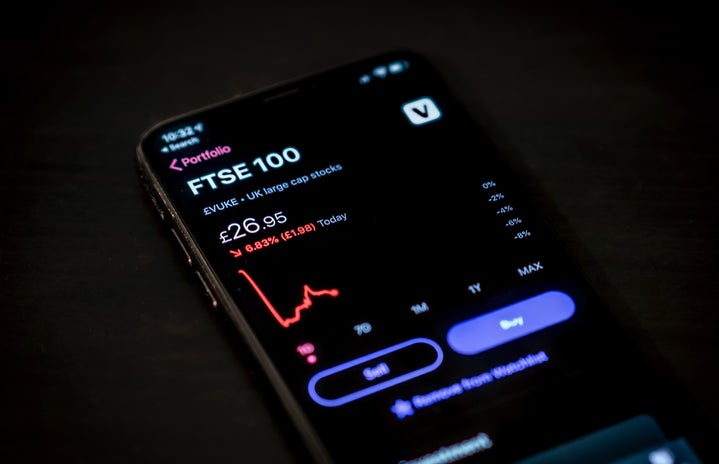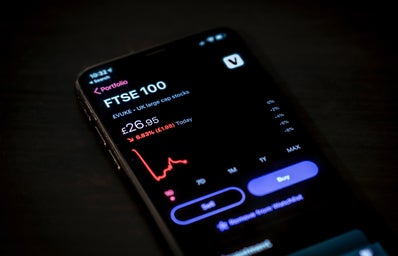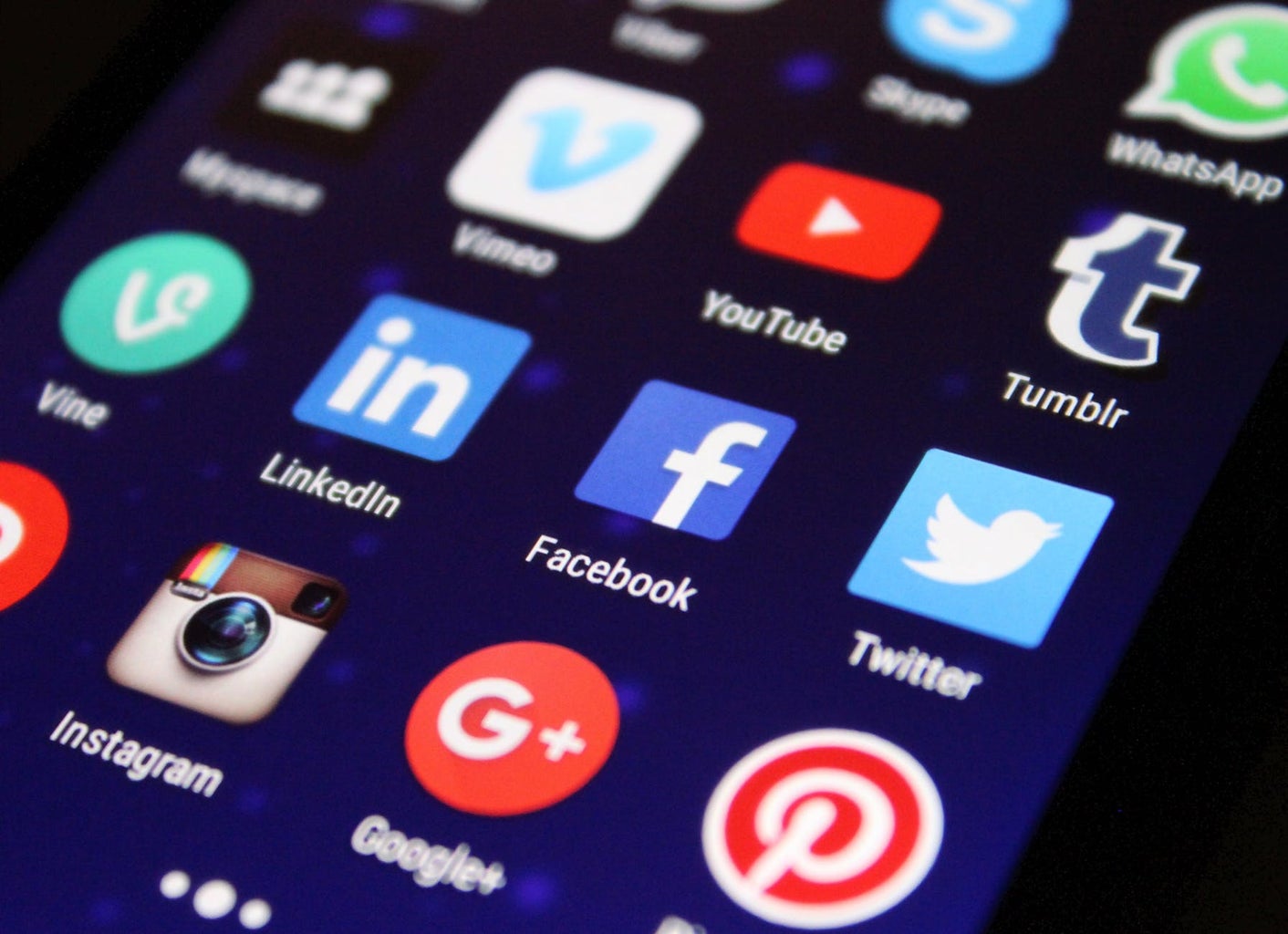The world of Non-Fungible Tokens (NFTs) is a rapidly growing one and is quickly establishing itself as a new economic powerhouse—especially with the power of cryptocurrency helping it to grow and develop further. Now, NFTs are widely disliked due to their negative impact on the environment, as farming cryptocurrencies takes up an incredibly large amount of energy and resources. However, that is not what is being discussed today, as it’s already been reiterated and people are well aware of the risks NFTs possess. Today we’re going to be looking back on a recent issue that has turned the NFT trading community on its head.
To understand the first part of this situation, one needs to understand how the NFT community on Twitter functions. In order to identify themselves, NFT owners of certain artworks will display that NFT as their icon. This is popular to the point where there are lines of NFTs specifically made to function as icons so that these communities of owners will be able to identify who else owns an artwork from their specific collection.
For example, this is why you see people with matching lion icons underneath tweets that discuss NFTs, they’re part of the “Lazy Lions” NFT group, which is one of the more popular ones. The Lazy Lions “pride” is not the group being discussed today, but using them as an example is helpful for gaining context.
Another comparison could be made towards the popular Picrew icons, where people are able to design their own icons on a dress-up website to cater to their interests/appearance. It’s easy to identify a group of people who use the same Picrew icon maker because they’re all similar in design and style but still custom and individualized to the person who uses it as their display image.
These icons are popular because they help people feel as if they are part of a community and makes them more loyal to the brand, as they want to be a part of the “in-group.” It’s an interesting dynamic for sure and makes it feel far more personal than general stock market day trading would.
People are loyal to their icon NFTs because it is an extension of who they are, who they represent themselves as, and what they show to the rest of the internet. That’s why the recent “Jungle Freaks” issue hit hard on NFT owners, as well as anyone who dislikes people getting away with decades of profiting off of racist caricature.
Jungle Freaks is a series of NFT icons that are designed by well-known cartoonist George Trosley. Trosley is known for his decades-long employment at the Hustler magazine, so he’s amassed a large amount of clout over the years. However, his old works at Hustler are what have landed him in hot water in the first place.
The images he’s drawn in the past will not be linked here due to violent depictions of racism, but they will be hyperlinked here (directing you to a Twitter thread) just to allow for people to see the reason why NFT owners and others are enraged. Here’s a general warning though: don’t click on the link if you do not want to see racist comics, drawn examples of the Ku Klux Klan, drawn examples of lynching and gratuitous usage of the n-word.
Due to these images being circulated via social media and in other NFT community spaces, the value of the “Jungle Freaks” images has (thankfully) plummeted. For context, these “Jungle Freaks” icons were selling at a starting price of over six thousand USD (1.45 Ether/ETH) for the plainest, most bare-minimum Jungle Freaks images. It was impossible to purchase one for under 1.45 ETH as that was the base market price, however, there have also been rarer “Jungle Freaks” NFTs in that collection that have sold for tens of thousands of dollars.
They are expensive, and the community was rabid to hoard and collect as many NFTs as financially feasible. That is, until the reveal of George Trosley’s past in the creation of violently racist images. After the knowledge of them began circulating, the price of the NFT completely collapsed, its value dropped by a heart-stopping 80% on OpenSea (a popular NFT trading/purchasing site).
A lot of people have already covered this with their own articles, here are a few (one and two) so I would like to discuss the outcome of this situation by viewing it from a different angle. I think one of the more interesting aspects of this issue is the community’s reaction to it.
Now, with all the issues surrounding NFTs, I know a lot of people don’t have high expectations of the sort of person who would purchase and trade them. I felt very similarly and honestly, I would have assumed that this discovery would’ve been slipped under the rug and everything would have gone back to normal after a day or so.
That’s why I was so astonished to see the outcry on social media from people with different NFT icons, all of them disgusted with the “Jungle Freaks” reveal.
I’m so glad that “Jungle Freaks” owners essentially teamed up together and accepted a great financial loss in order to display their displeasure with everything and their hatred for the old cartoons that Trosley drew. There have been a few dissenters, sure, but a vast majority of “Jungle Freaks” owners have agreed to scrap their NFTs and sell for a loss and try investing elsewhere.
So, despite how much of a detriment NFTs are as a whole, I like to believe that this situation was able to show that at the very least, they have morals when it comes to situations like this. I’m crossing my fingers for further positive community representation in the future. NFTs are here to stay until the crypto bubble inevitably bursts, but until then, hopefully, the general public who owns NFTs will continue to hold the creators of them responsible for their prior creations and force them to uphold a standard of behavior.




